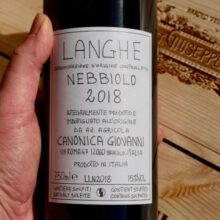
Product information
Giovanni Canonica Langhe Nebbiolo 2018
$88
Description
The hot tip for the Langhe Nebbiolo give it a year or two in bottle before you crack into it. It will be tightly wound when young and take that time to reveal itself.
Only 2 left in stock
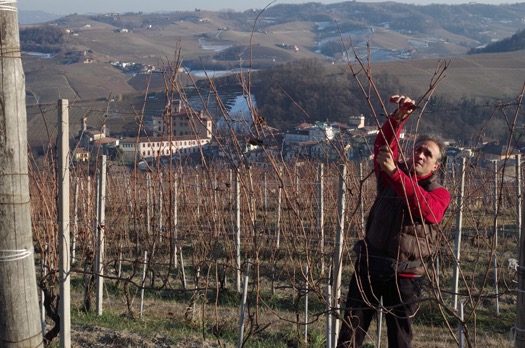
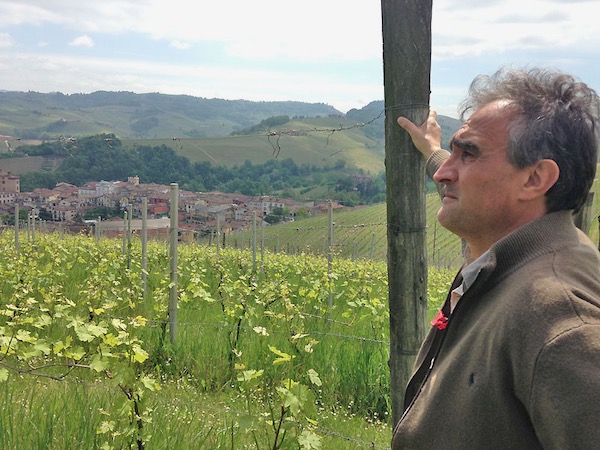
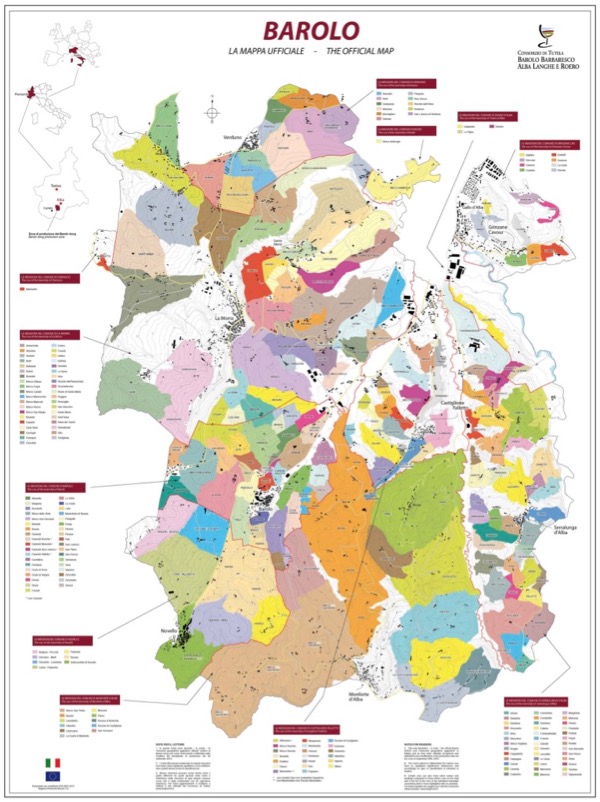
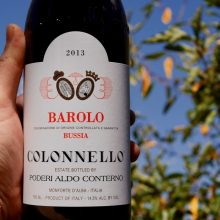
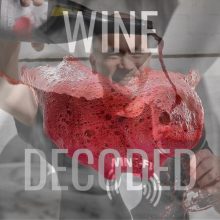
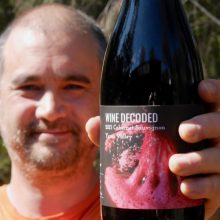
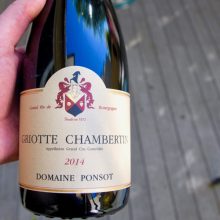
You must be logged in to post a comment.